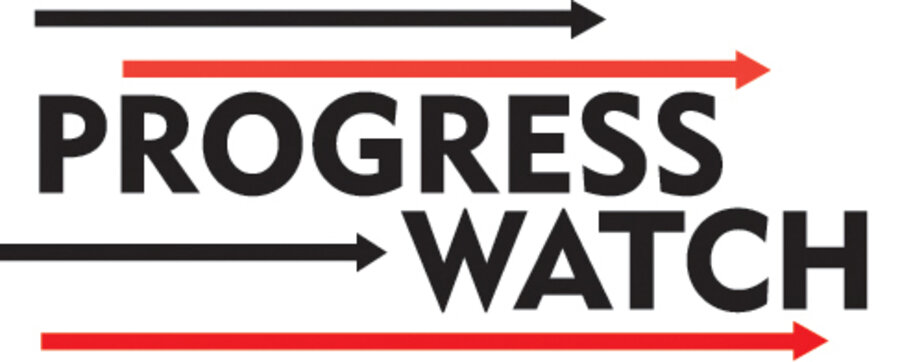Fatal accident rate for US children and teens plunges since 2000
Loading...
Fewer of America’s youths are dying by accident.
The rate of unintentional injury – the No. 1 cause of death for children and adolescents ages 1 to 19 in the United States – plunged nearly 30 percent in the past decade, according to a recent report from the Centers for Disease Control and Prevention (CDC).
“Kids are safer from injuries today than ever before,” said CDC Director Thomas Frieden in a statement that coincided with the release of the CDC's Vital Signs report. “In fact, the decrease in injury death rates in the past decade has resulted in more than 11,000 children’s lives being saved.”
The biggest improvement occurred in auto travel, which the CDC attributes to increased use of seat belts and booster seats, tougher driver's license requirements, and safer vehicle design over the 10-year study period. But most causes of unintentional injuries and death in children, such as drowning, burns, and falls, also registered significant declines.
Overall, the accidental death rate for those below the age of 20 dropped to 11 deaths per 100,000 individuals in that age range in 2009, from 15.5 per 100,000 in 2000, the report found. In 2009, about 9,000 children and teens died nationwide as a result of accident.
Though fatal traffic accidents involving children and teens dropped 41 percent from 2000 to 2009, motor vehicle accidents remain the leading cause of accidental death for that age group. Nearly half of the 9,143 fatalities in 2009 were children and teens.
“Most of these events are predictable and preventable,” Ileana Arias, principal deputy director at the CDC, told reporters during a teleconference on April 16. “One child’s death is one death too many.”
Despite the improving picture, the report noted some dark spots. Suffocation rates jumped 54 percent among infants younger than 1 year old, and poisoning death rates increased 91 percent among teens aged 15 to 19, largely a result of prescription-drug overdose, the CDC report said.
“Child injury remains a serious problem in which everyone – including parents, state health officials, health care providers, government and community groups – has a critical role to play to protect and save the lives of our young people,” said Linda Degutis, director of the CDC’s National Center for Injury Prevention and Control, in a press release.
States varied greatly when it comes to deaths from accidental child injury. Mississippi ranks at the bottom, with an accidental death rate in 2009 of 25 deaths per 100,000 children and teenagers. South Dakota, Montana, Wyoming, and Louisiana also have high accidental death rates for children and adolescents.
Massachusetts has the lowest rate, at 4 deaths per 100,000 children and teens. The CDC report does not delve into why the youth accident rate has dropped, or why some states have so fewer accidental child deaths than others. Massachusetts, however, is known to have a high number of board-certified emergency-medicine doctors per capita; a robust Safe Routes to Schools program, which offers pedestrian safety training and pushes for easier-to-navigate sidewalks, crosswalks, and streets; and strong gun-safety laws that require all firearms to be locked when stored, locking devices to be sold with guns, and owners of handguns or semiautomatic weapons to be at least 21 years old.
Other top-ranked states were New Jersey, Connecticut, New York, and California.
Officials hope to reduce accidental death rates in all states even more. “We have made progress, and because of this our children are safer than ever before,” said Dr. Arias. “But injury continues to be a leading cause of death among children, and we know more can be done to keep our children safe.”






